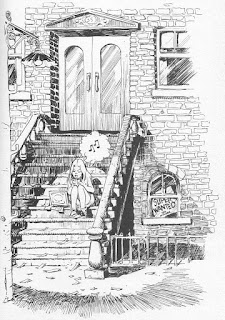I've always heard that Maus was an important novel. I assumed this was because of the story it tells–which is incredibly important–but also because of the way in which it is told. After learning more about the history of comics, I knew more of what to look for while re-reading this story.
What struck me the most by this story, is its ability to tell a difficult and serious story, in a way thats palatable for younger audiences. Perhaps Art Spiegelman is successful in this because of his use of symbolism in representing characters. The individuals in the story are human-like, but not human. Spiegelman uses cats to represent nazis and mice to represent jews. This clever portrayal dehumanizes a sensitive subject. The reader is still struck with incredible emotion while reading, but since the subjects aren't human, the images don't seem as graphic. The author represents himself in the story, as he interviews his father about his experiences in the Holocaust. In this presentation, the story feels more personal and it allows the reader to put themselves in Art's shoes.
 |
| Although a graphic image, if the author had depicted the characters as human instead of mouse, the image would've been much more disturbing, especially for younger audiences. |

Above all, I appreciate the author's ability to tell a difficult story to readers, in an easily receivable way by use of symbolism and comics.







